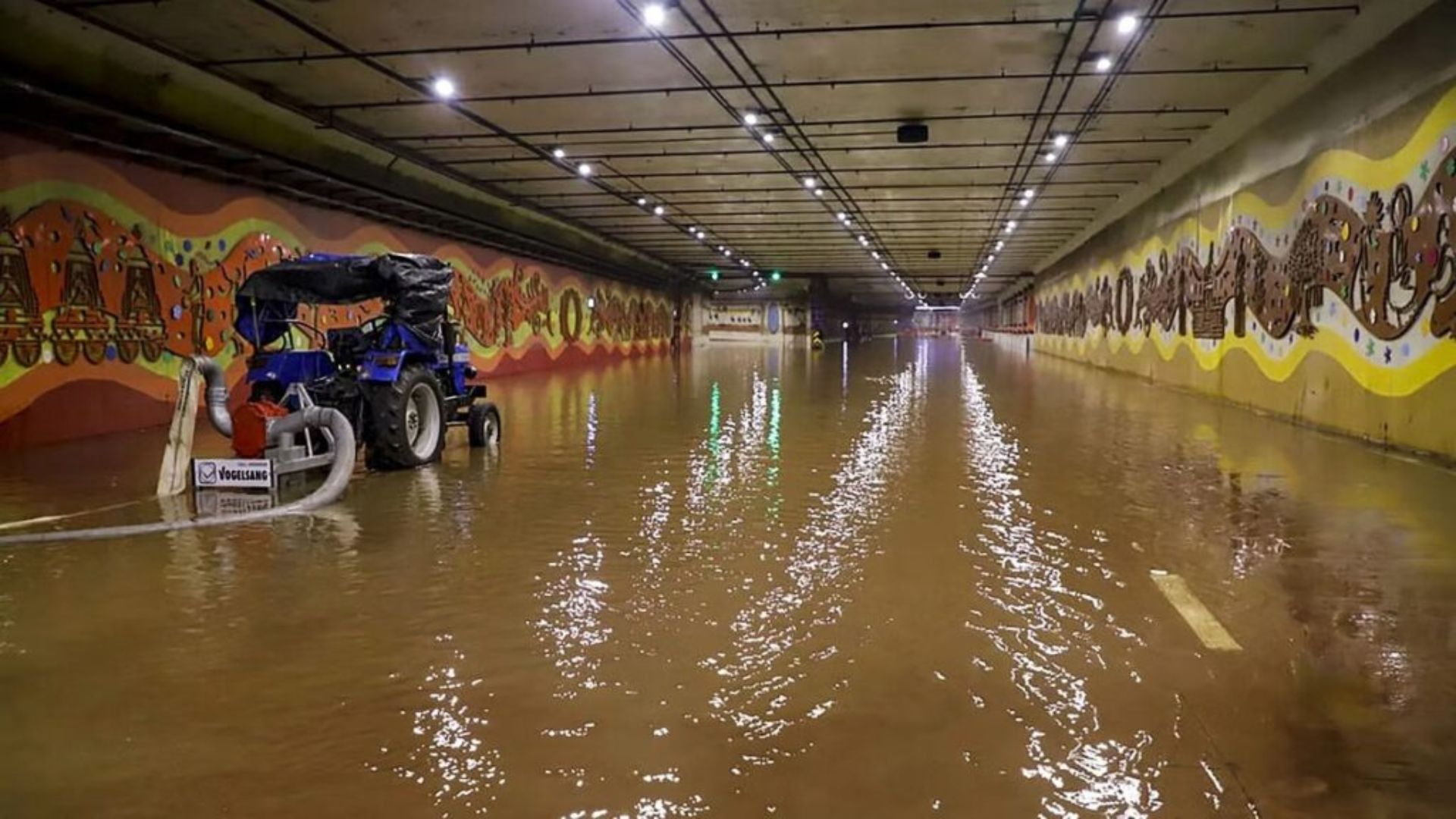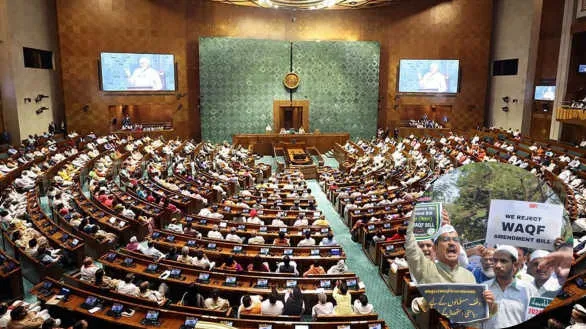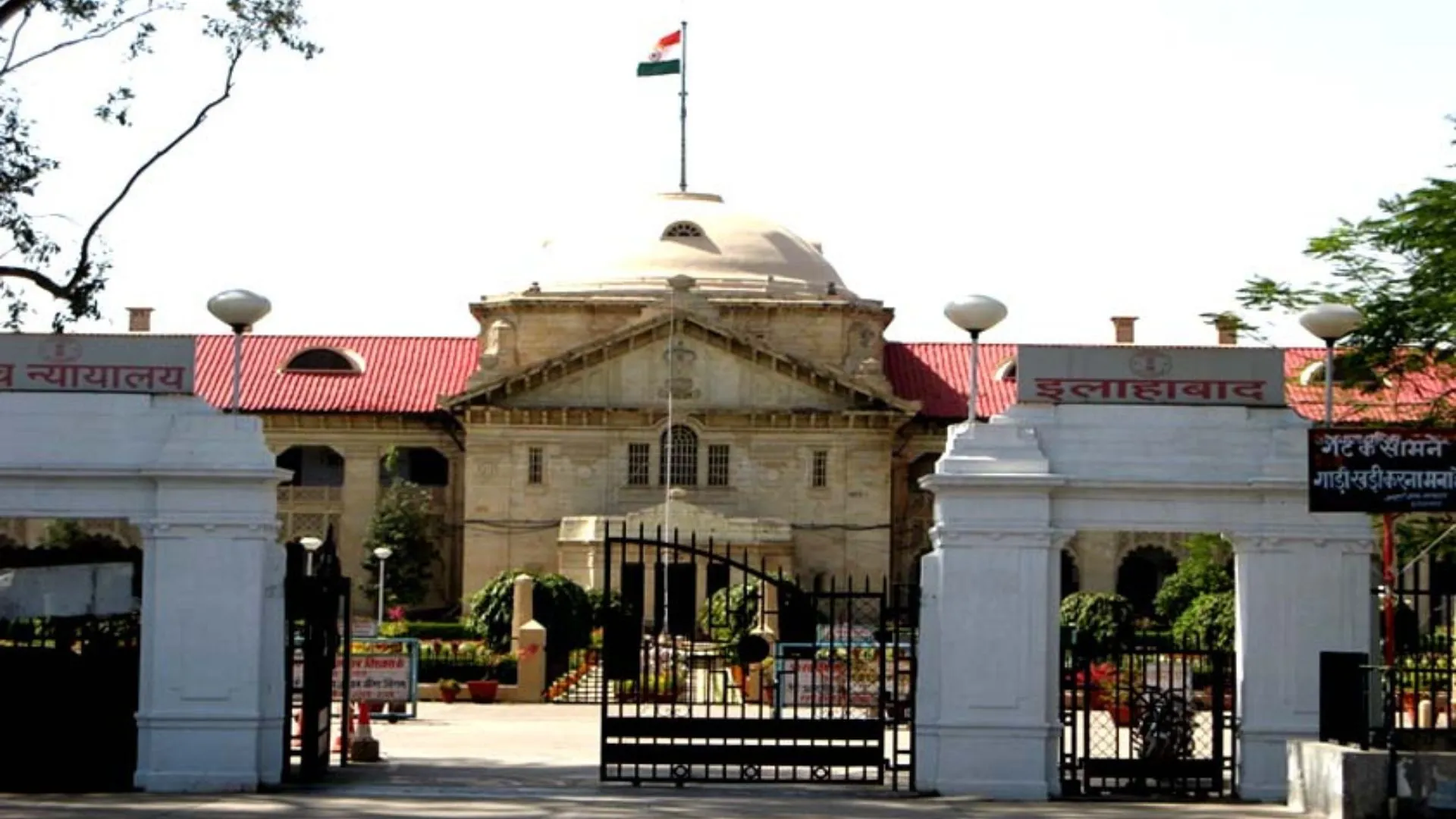The Pragati Maidan Tunnel in Delhi, which had been temporarily closed due to waterlogging caused by record-breaking heavy rainfall, was reopened to the public on Monday. Public Works Department officials confirmed that traffic movement in the tunnel has resumed.
The tunnel had been closed since June 28. According to India Meteorological Department (IMD) data, the Safdarjung observatory, Delhi’s primary weather station, recorded 228.1 mm of rainfall, followed by 192.8 mm at Lodhi Road, 150.4 mm at Ridge, 106.6 mm at Palam, and 66.3 mm at Ayanagar on that day. The 228.1 mm rainfall recorded in the 24 hours ending at 8:30 am on June 28 was over three times the June average of 74.1 mm and the highest for the month since 1936.
The Public Works Department reported receiving more than 200 calls from waterlogged areas. Efforts were made to drain water from the Minto Bridge underpass and various other parts of the city.
According to the IMD, multiple large-scale monsoonal weather systems created conditions for mesoscale convective activity over Delhi NCR, leading to intense thunderstorms and heavy rainfall during the early hours of June 28. This activity was supported by thermodynamic instability in the atmosphere, which is favorable for thunderstorms.
The IMD explained that the monsoon had stalled over eastern India due to weak monsoon currents over the Bay of Bengal. However, from June 25 onwards, the monsoon currents strengthened with the development of an upper air cyclonic circulation over the central and northern Bay of Bengal at middle atmospheric levels.























